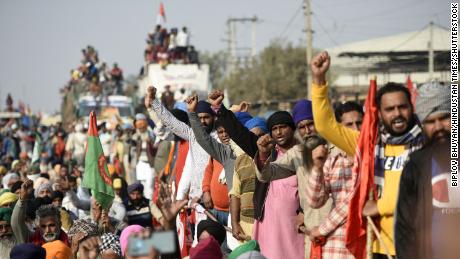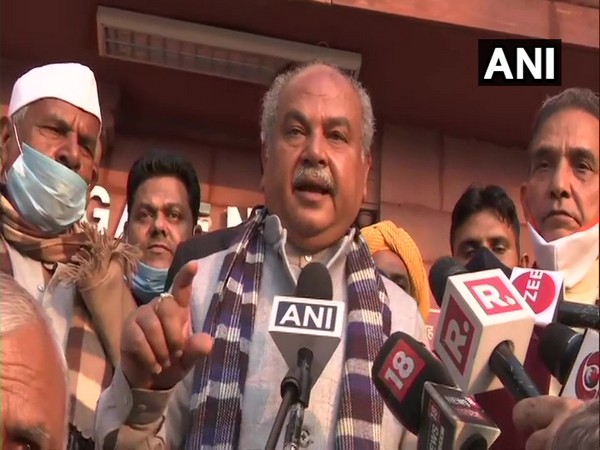Can ‘Threads’ break Twitter’s monopoly?
 Dr M Rahman, Senior marketing faculty, Galgotias University
Dr M Rahman, Senior marketing faculty, Galgotias University
The ‘Threads’ app launched on July 5, 2023 by Meta Platforms Inc., the parent company of Facebook, Instagram, and WhatsApp has created the record of fastest growing consumer app smashing the record of AI tool ChatGPT*. It racked up over 100 million within five days. The new app is available in over 100 countries on Google Android and Apple app stores. However, it is not available in the European Union countries including Germany, Italy, France, and Belgium. (*ChatGPT app took two months to get 100 million sign-ups)
The app is fastly emerging as the first real threat to Twitter, world’s most popular microblogging site with over 400 million active users. Twitter is struggling nowadays to hold its users due to certain user unfriendly policies after being taken over by Elon Musk in Oct 2022. Now, the curiosity is emerging in tech people’s and users’ minds – Can ‘Threads’ break Twitter’s monopoly in future?
Can ‘Threads’ break Twitter’s monopoly?
In the past few years, apps like Mastodon, Koo and Bluesky were launched and positioned as Twitter alternatives. But after creating initial hype, these apps failed to maintain it. However, unlike other apps, Meta’s ‘Threads’ has some strengths that can make it a formidable competitor to Twitter. ‘Threads’ is similar to twitter in terms of general features like post a message, like, share, quote, comment etc. Because of the similarities Twitter has threatened to sue Meta Platforms.
However, there are many aspects that make it different from Twitter. First, Threads has over one billion built-in user-base from Instagram. Users need an Instagram account for Threads, and they can import bio information and followers from their existing Instagram profile. Second, Threads has some features that are better than Twitter (shown in the table). It allows users to write more number of characters (upto 500) and share more items (upto 10 images, videos etc.) and longer videos to non-verified users (upto 5 minutes) in a post. 
The new app also doesn’t charge any amount for a blue tick (verified account). This is contrary to Twitter’s $7.99 a month fee considered as user-unfriendly policy and resulted in protest by many celebrities.
However, Threads currently lacks certain features that are popular and users have been used to on Twitter. The missing features include non-availability of ‘Following page’ list, no embedded codes (it limits the integration of Threads content on external websites), no ‘Hahtags’ and no provision of ‘Account deletion”. The users can deactivate ‘Threads’ account on Instagram. For deletion of the account, they have to delete their Instagram account.
Moreover, Threads app requires access to relatively more user data/information than twitter in mobile before it can be downloaded. This is the reason why Meta didn’t launch the app in the countries of European Union, where strict data protection laws exist. Meta’s other social apps Facebook and Instagram has been criticised for data privacy and security issues in the past.
So, it’s too early to say whether Meta’s Threads will be able to break Twitter’s monopoly. However, Threads has the potential to attract a large number of twitter users looking for fresh air after Elon Musk takeover. And, ultimately end Twitter dominance in the social media space.
Also read ‘Metaverse’ or ‘Metaworse’ for Facebook with over 11,000 Layoffs


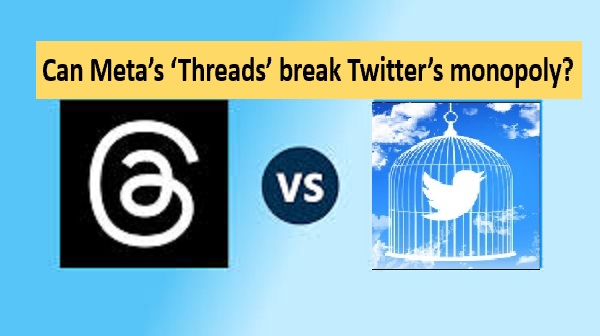


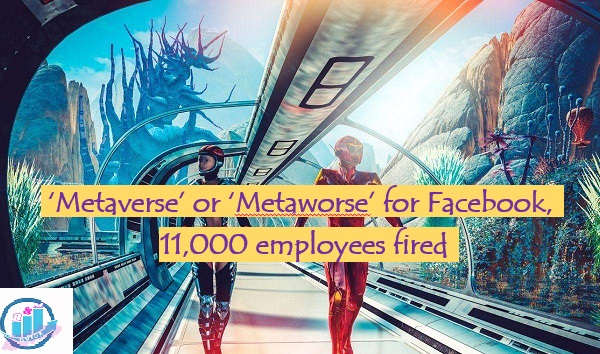







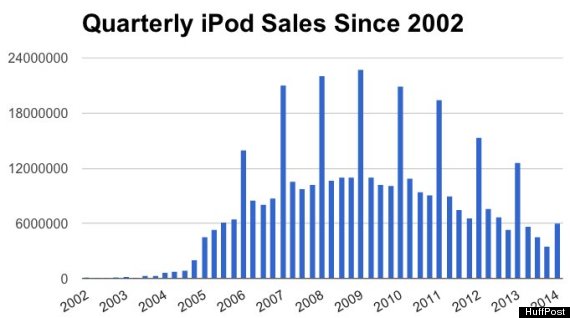
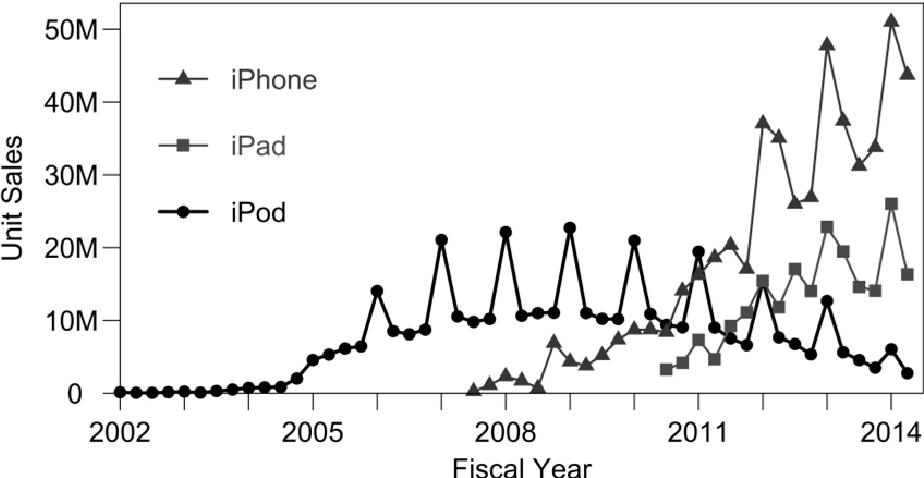
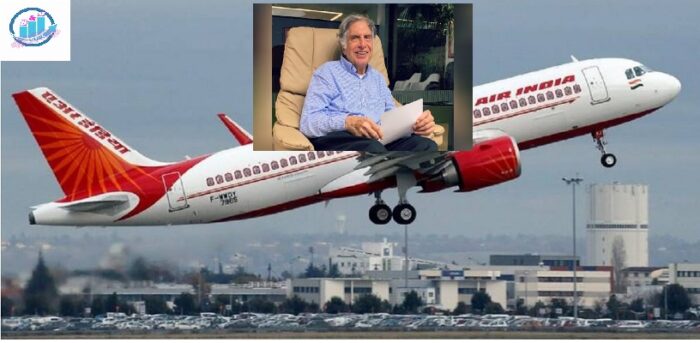
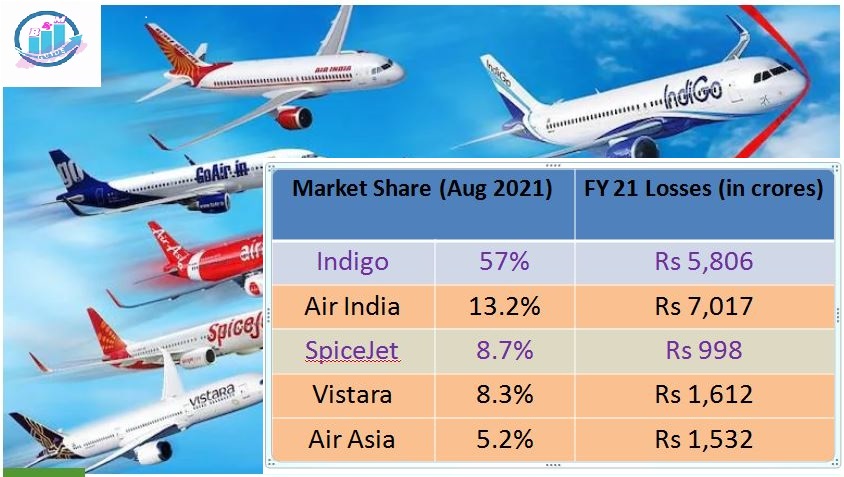
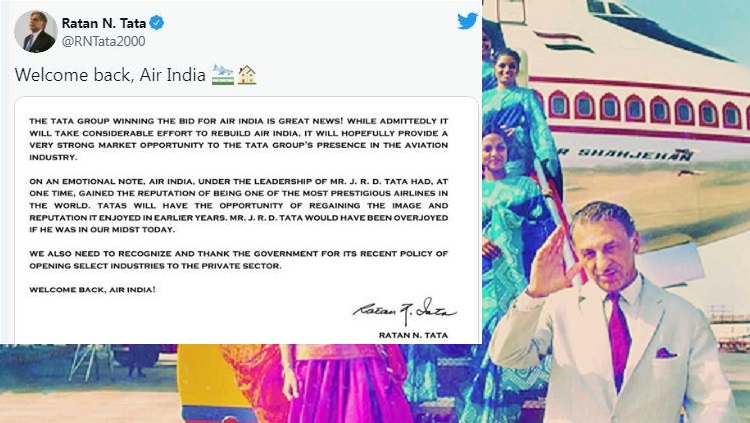
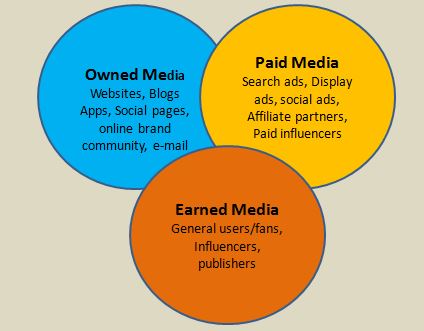
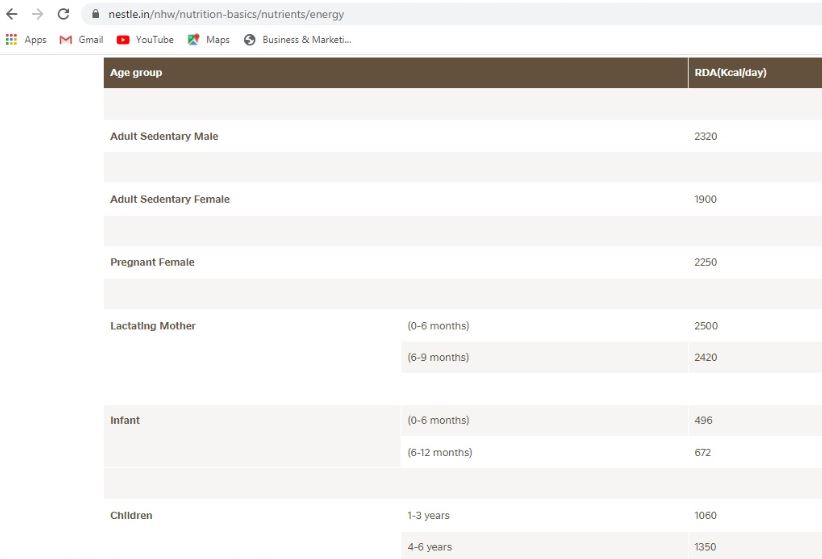


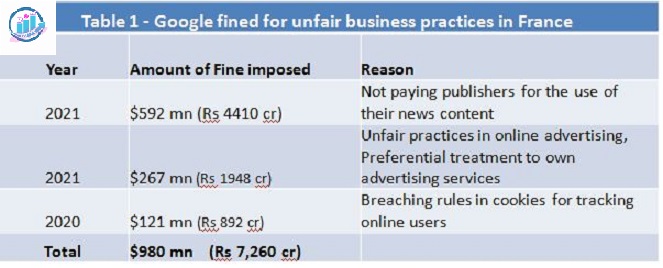
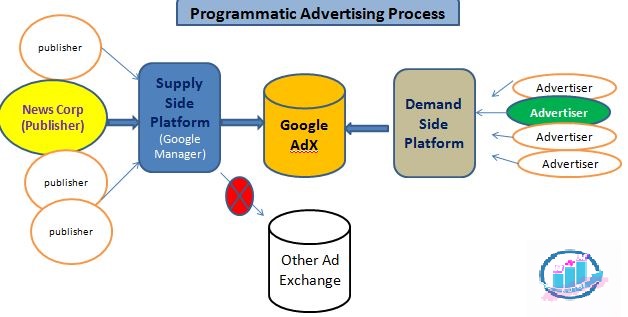






 Dr M Rahman, Associate Professor, Galgotias University
Dr M Rahman, Associate Professor, Galgotias University






